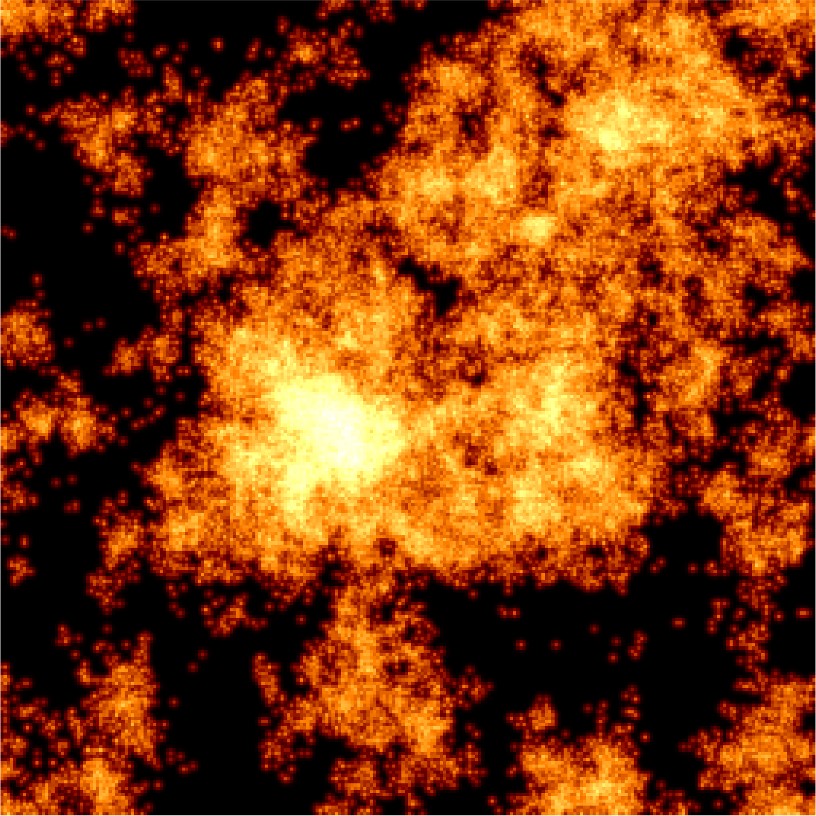Light is the most famous thing that is two distinct entities at once - a wave and a particle - but glass is nearly as mysterious. And not well understood.
We think of glass as being transparent and rigid, is a complex and intriguing material but that is only when cooled and its dynamics slow down significantly. This process, known as “glass transition”, is due to "dynamical heterogeneities," where the dynamics become increasingly correlated and intermittent as the liquid cools down and approaches the glass transition temperature.
In a new study, researchers propose a new theoretical framework to explain these dynamical heterogeneities in glass-forming liquids. The idea is that relaxation in these liquids occurs through local rearrangements, which influence each other via elastic interactions. By investigating the interplay between local rearrangements, elastic interactions, and thermal fluctuations, the researchers have formulated a comprehensive theory for the collective dynamics of these complex systems.

Map of the spatial relaxation in a two-dimensional liquid model. Brighter regions indicate locations where particles moved significantly during some time interval, in dark regions little motion occurred. This image reveals the fractal nature of the relaxation process, shaped both by thermal fluctuations and elastic interactions. Credit: Tahaei et al 2023.
The team developed a “scaling theory” that explains the growth of the dynamical correlation length observed in glass-forming liquids. This correlation length is linked to "thermal avalanches”, which are rare events induced by thermal fluctuations, which then trigger a subsequent burst of faster dynamics. The study's theoretical framework also provides insights into the Stoke-Einstein breakdown, a phenomenon where the viscosity of the liquid becomes uncoupled from the diffusion of its particles.
To validate their theoretical predictions, the researchers conducted extensive numerical simulations in various conditions. These simulations supported the accuracy of their scaling theory and its ability to describe the observed dynamics in glass-forming liquids.
The study not only deepens our understanding of glass dynamics but also suggests a new handle to tackle the properties of some other complex systems where the dynamics is intermittent and jerky- features known to occur in a range of situations, from the brain's activity or the sliding between frictional objects.


